AI-Assisted Clinical Documentation
🚀 Cut documentation time by 50%
🚀 Improve record accuracy and compliance
🚀 Reduce administrative burden on clinicians
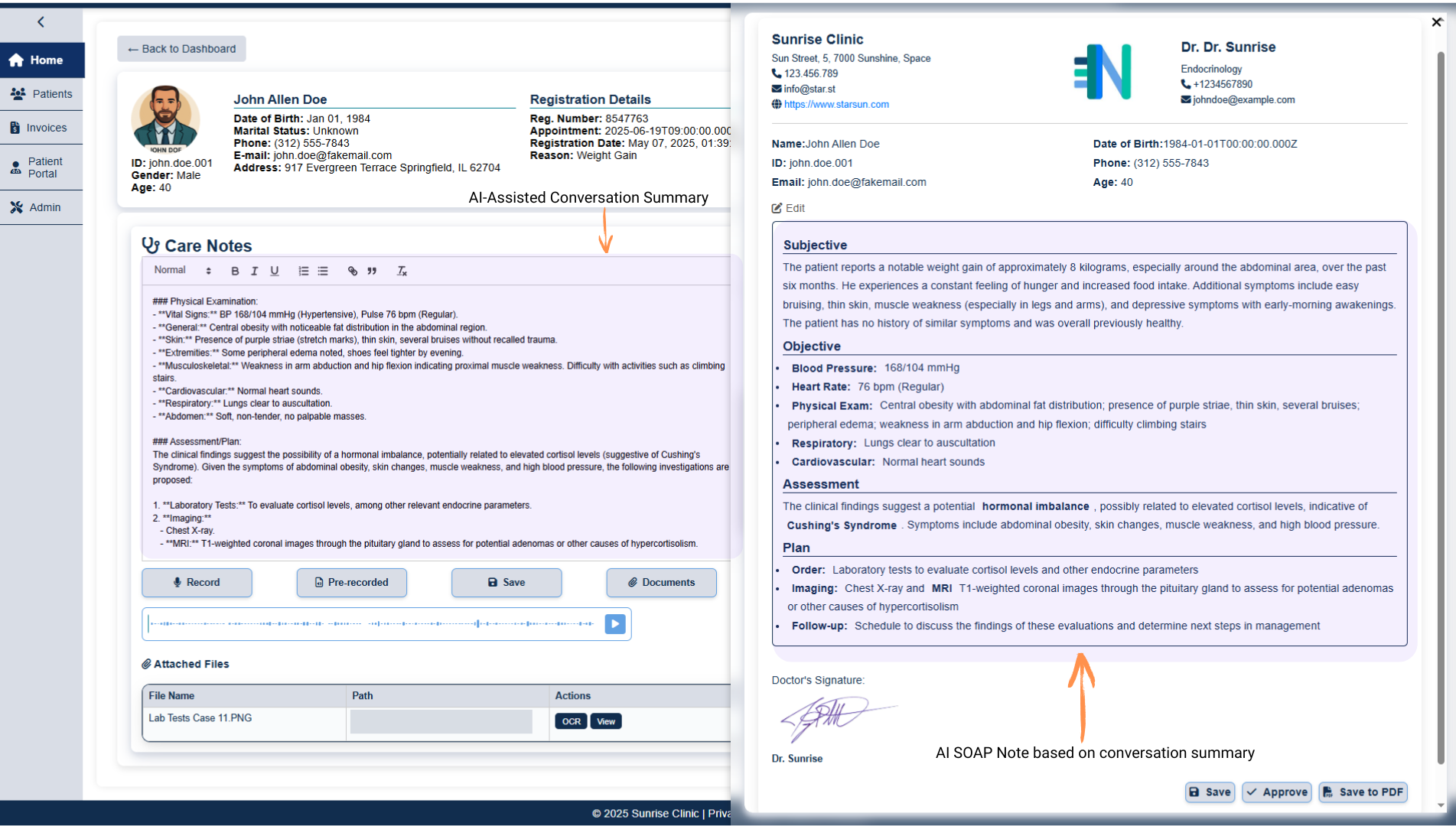
Try Our Interactive ROI Calculator and see how you can realise tangible benefits
Number of Clinicians
This helps calculate potential time and cost savings across the team when AI documentation is used.
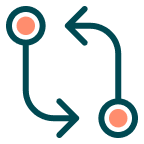
Time spent on documentation daily
The average number of hours each clinician spends on manually creating or editing clinical notes, discharge summaries, and treatment plans per day.

Clinician hourly wage
The average hourly compensation or cost associated with each clinician. This is used to estimate financial savings based on time reduced with AI-assisted documentation.

Time reduction with AI
The estimated percentage of documentation time that can be automated or streamlined with Nexpert’s AI. Helps project time saved per clinician daily.

Total ROI explained
This section calculates the total time saved, monthly cost savings, and annual ROI based on the input values—providing a clear business case for adopting AI-powered documentation tools.

AI Clinical Documentation
ROI Calculator
Results

AI-Powered Clinical Documentation
Reduce Admin Work, Focus on Care
Healthcare professionals spend over 30% of their time on documentation instead of patient care. Nexpert’s AI-assisted clinical documentation automates discharge summaries, treatment plans, and patient notes, eliminating manual data entry while ensuring compliance.
Benefits for Healthcare Professionals
Documentation process
50% faster documentation process – Reduce the time spent on paperwork.
Compliance
99% compliance-ready documentation – AI ensures standardized and accurate reporting.
Patient interaction
Reduced burnout for clinicians – Less admin work means more patient interaction.
Accuracy
Improved patient record accuracy – Minimized human errors in critical medical notes.
Multi-language
Multi-language support – AI can handle multiple languages for global clinics.

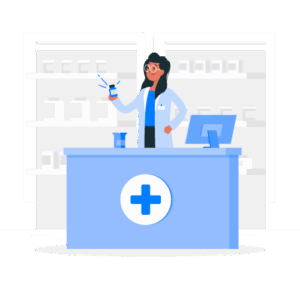
Use Cases for specialties
- Emergency Departments – Faster discharge summaries with auto-generated critical details.
- General Practitioners – Structured follow-up notes and treatment recommendations.
- Specialized Care – Custom documentation for oncology, cardiology, and mental health.
- Medical Billing Teams – Pre-filled documentation reduces coding errors.
Automations
Automated Report Generation
AI analyzes clinician inputs and auto-generates structured medical
summaries, discharge notes, and follow-up plans
Customizable templates ensure consistency across different specialties.

Transcriptions
Speech-to-Text Integration
Clinicians can dictate notes in real time, and AI will transcribe them into structured medical records.
Supports multi-language recognition for international healthcare providers.

Documentation
Context-Aware Documentation Assistance
AI suggests missing details based on patient history (e.g., allergies, chronic conditions).
Reduces the risk of incomplete or inaccurate documentation.
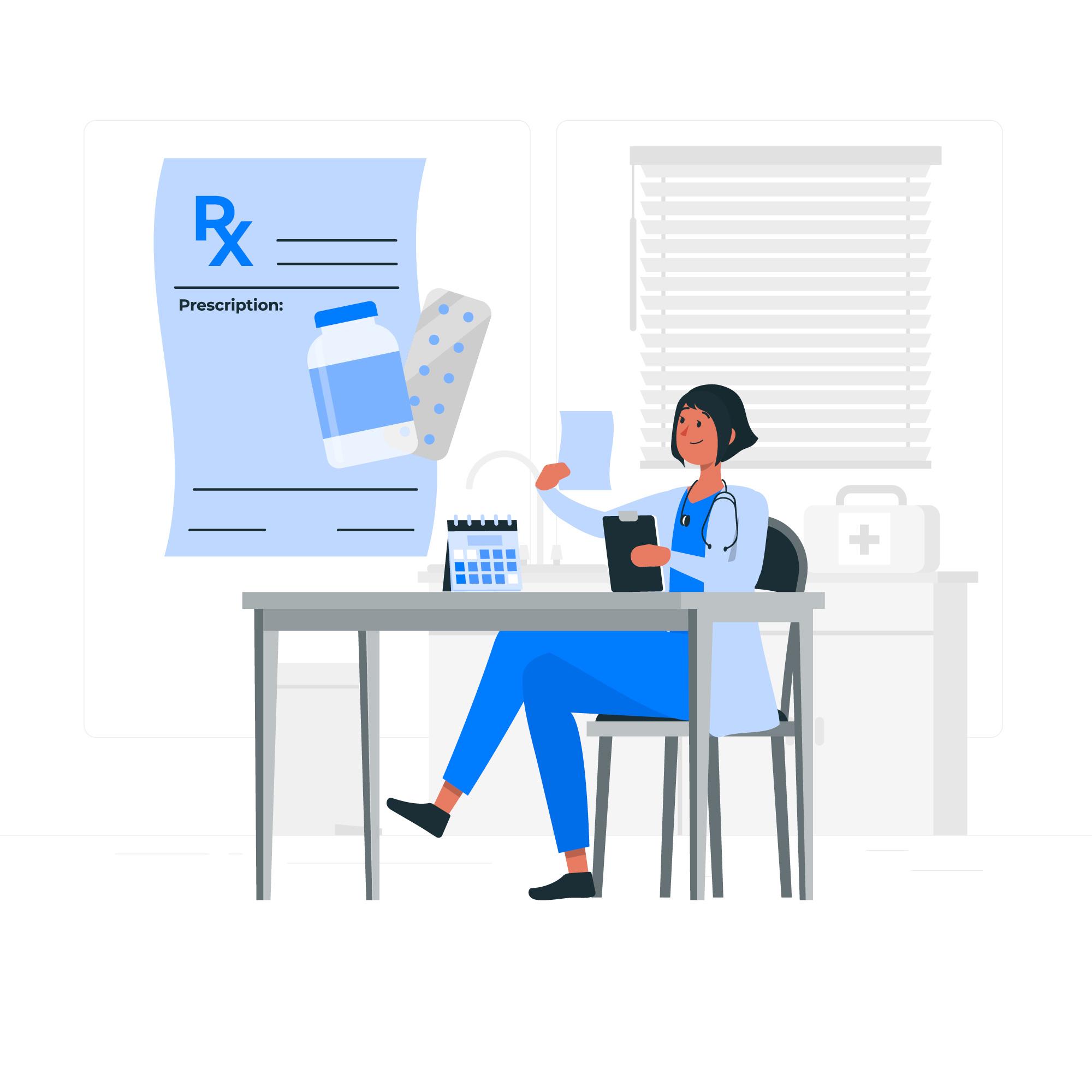

Format and automate
Customizable Templates
Pre-built and editable templates for emergency, surgery, mental health, and primary care.
Allows clinicians to define preferred formats and automate repetitive workflows.
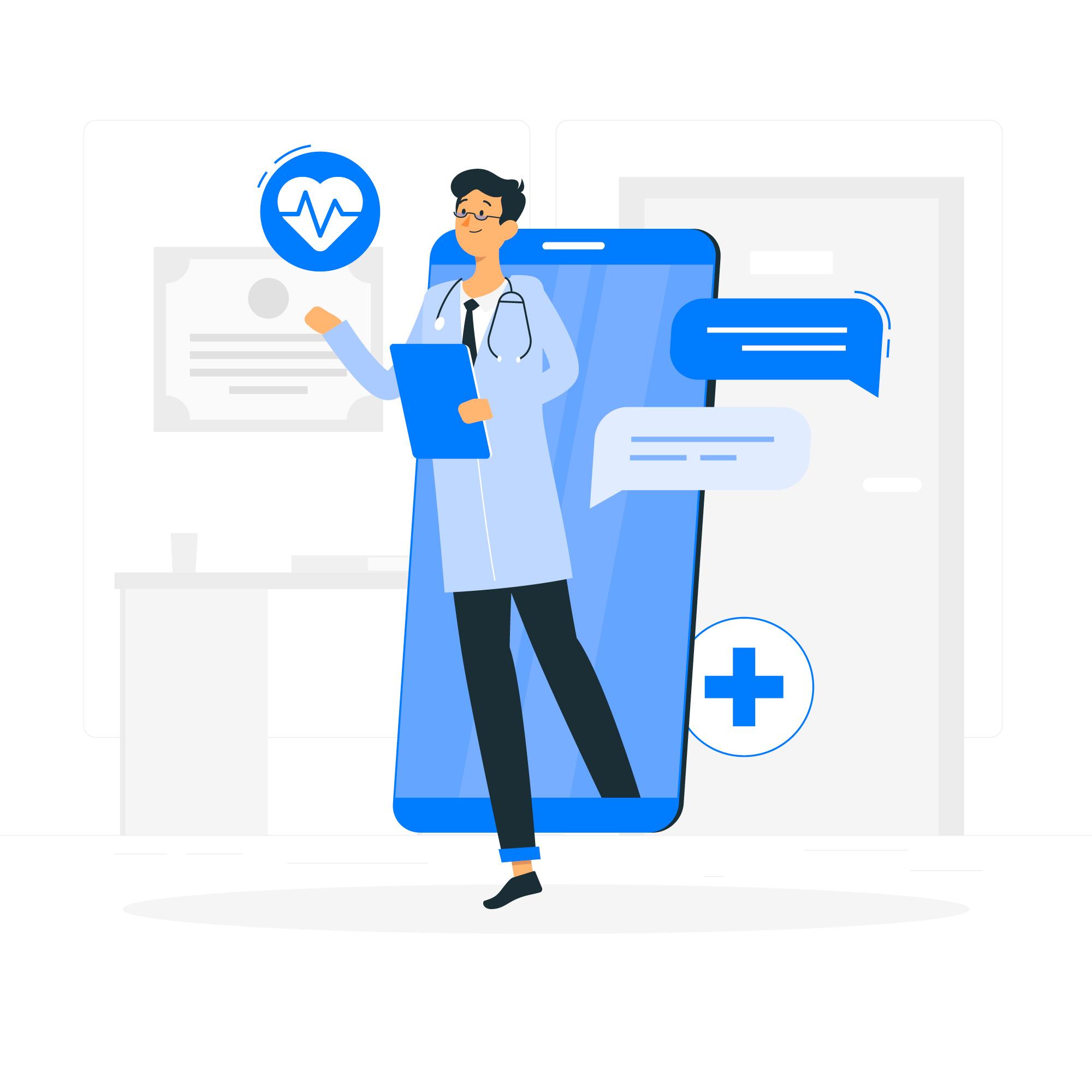
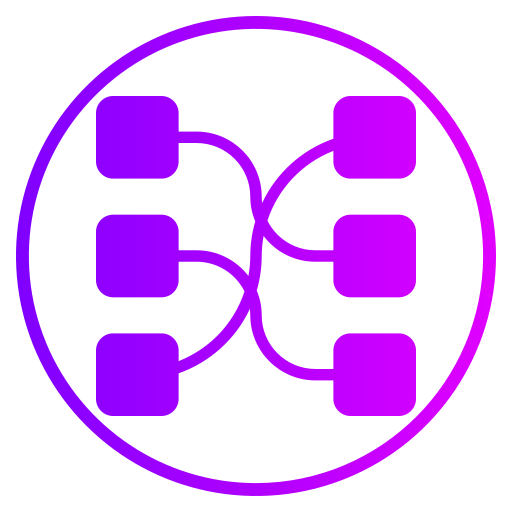
Administrative optimisations
Seamless EHR Integration
Compatible with FHIR-based EHRs, allowing seamless transfer of generated documents.
Reduces double data entry and administrative friction.

How it works:
- The system analyzes consultation notes
- AI suggests appropriate medical codes.
- The user validates or adjusts the code before submission.
